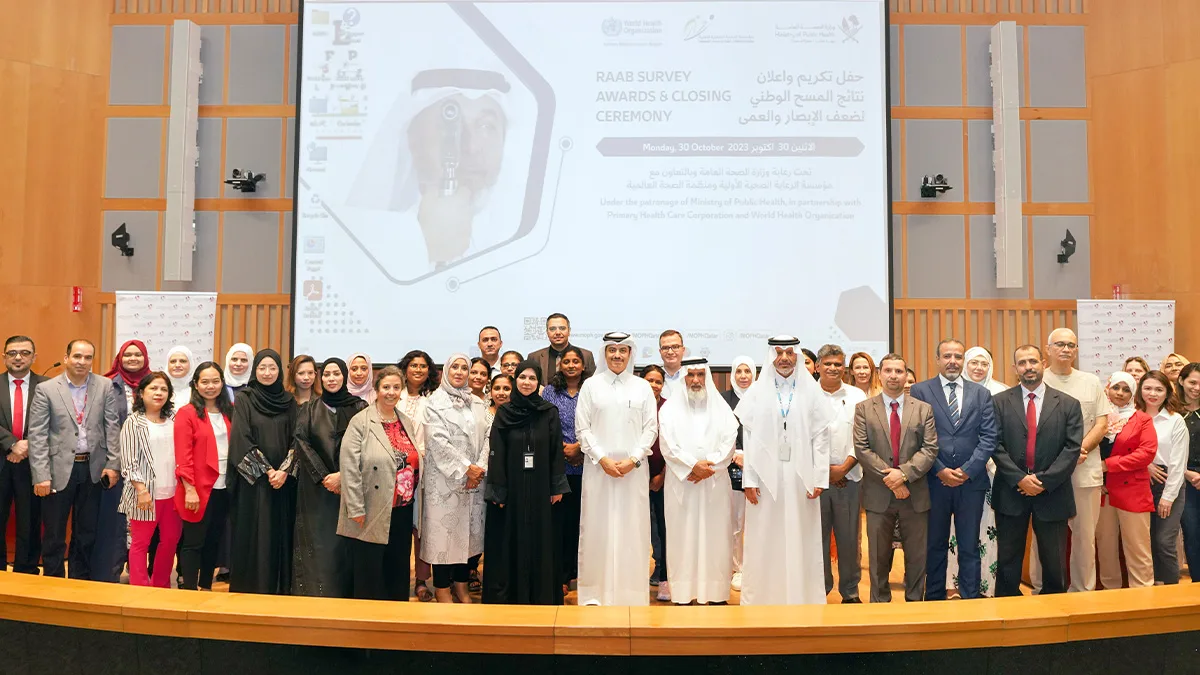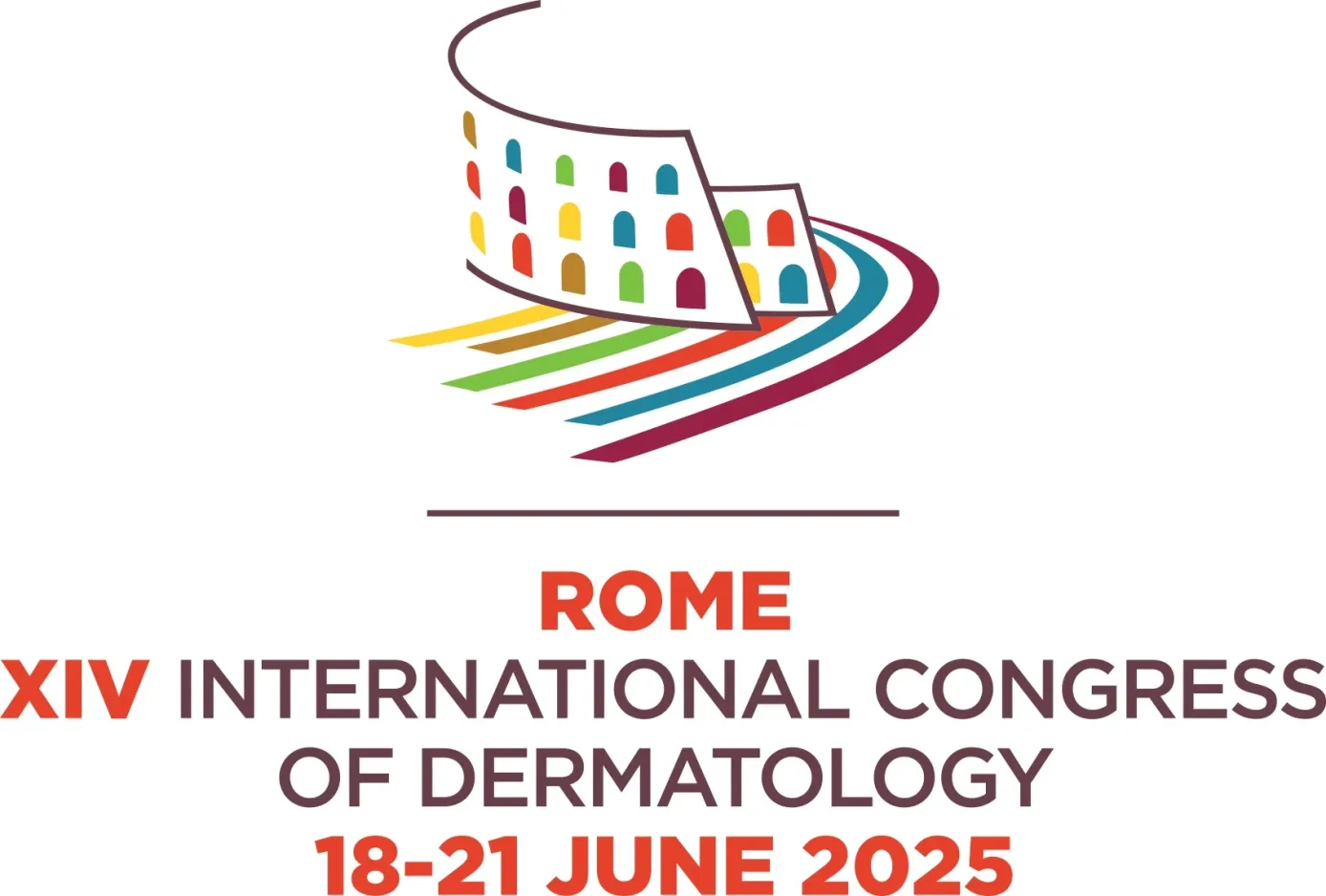The Ministry of Public Health (MoPH) has announced the results of ‘National Blindness and Visual Impairment Survey’ conducted, which was carried out in cooperation with the Primary Health Care Corporation (PHCC) and the World Health Organization (WHO) and targeted individuals aged 50 or older in Qatar.
According to the survey, an impressive 91.9% of the population in this age group maintain normal vision, while 8.1% of participants exhibited vision impairment. Among them, 0.2% suffered from severe visual impairment, and percentage of individuals diagnosed with blindness were only 0.3%.
Furthermore, the survey data revealed that the diabetic retinopathy was the most common cause of blindness affecting 33% of blind patients. Other causes are cataract (20%), glaucoma (13%), retinal diseases (13%), and uncorrected refracted vision errors (6.7%).
The Survey
During the awards and closing ceremony, Sheikh Dr. Mohammed bin Hamad Al Thani, the Director of the Department of Non-Communicable Diseases Prevention Program at MoPH, commended how the survey outcomes have reflected the recent advances in the field of eye health care in the State of Qatar. He emphasized that, the prevalence of blindness has decreased by four times, compared to the previous survey carried out in 2009, additionally, the incidence of severe visual impairment decreased by eight times, and the effective surgical coverage for cataract surgery (performed at HMC hospitals) improved from 63% to over 95%.

Dr. Mohammed Al Thani announced that the survey outcomes would guide the decision-makers at MoPH and partners in implementing an eye action plan aiming to further enhance eye health services in Qatar and strengthen the protocols for early detection of diabetic retinopathy aiming to prevent complications such as vitreous hemorrhage, retinal detachment, and vision loss.
Recommendations
On the other hand, Dr. Mariam Abdulmalik, the Managing Director of Primary Health Care Corporation (PHCC) affirmed the significant of survey recommendations for the continuous development of eye health services, and the implementation of programs and plans based on the findings of this survey, especially since the survey data demonstrates that more than 88% of the causes of visual impairment are either treatable or avoidable, which requires the development of eye health plans effectively contribute to increased public awareness.
Dr. Abdulmalik added: “Ophthalmology services in Qatar are provided according to the highest standards and protocols that ensure the provision of appropriate medical care both in primary health care centers and in secondary care depending on medical conditions and cases.”
The Data
During her speech, Dr. Samya Ahmad Al-Abdulla, a Senior Consultant of Family Medicine & Executive Director of Operations at Primary Health Care Corporation (PHCC) explained that the survey ‘s main purpose was to gather data on the prevalence and causes of visual impairment. Of note, as the survey has a great priority, the eye health professionals in ten Primary healthcare centers were delegated to conduct the data collection and participants examination.
Dr. Samya Al-Abdullah encouraged patients with diabetes or glaucoma to undergo regular eye examinations, especially considering that survey data revealed that 40% of survey participants have diabetes, and 38% of them had not received an ophthalmologist’s examination in the past two years, thereby exposing them to a higher risk of diabetic retinopathy and associated complications.
Also Read: Malawi Launches Tipewe Cholera/Covid-19 Campaign on National Community Health Day.
Dr. Shadi Al-Ashwal, an ophthalmologist at the MoPH and the principal investigator of the survey, emphasized that the initial sample included 5,060 participants from all regions of the country, with a response rate exceeding 80%. Dr. Al-Ashwal recognized the active involvement of survey participants as the primary driver of this national project’s success. The actively engaged participants, reflecting a high level of awareness, made a significant contribution to the early detection and screening of diabetic retinal diseases, glaucoma, and cataract among those who underwent examinations.
At the ceremony’s conclusion, attendees honored all those involved in the data collection of the survey, acknowledging their diligent efforts.





















